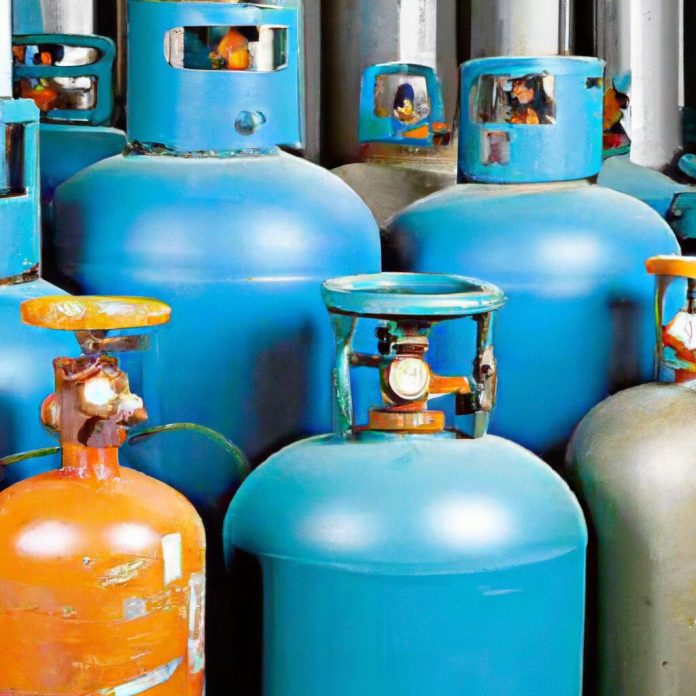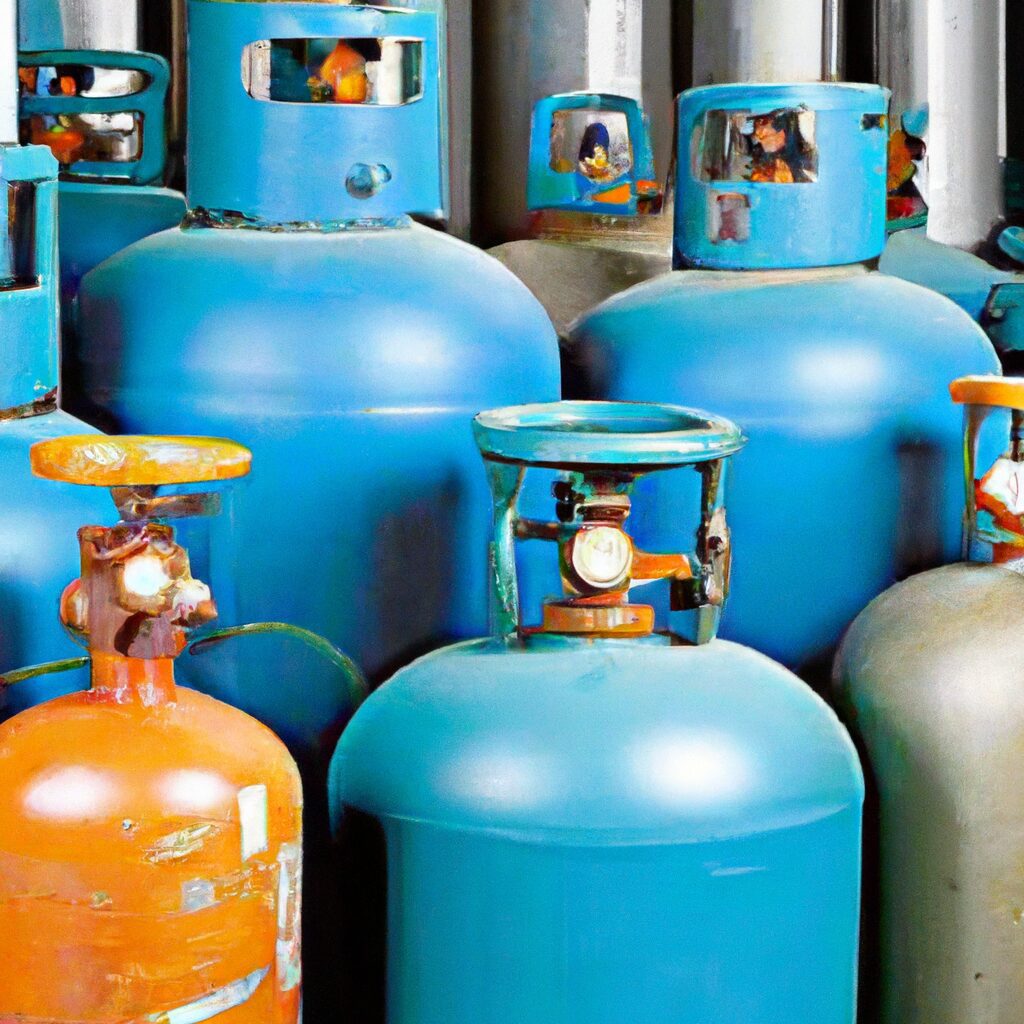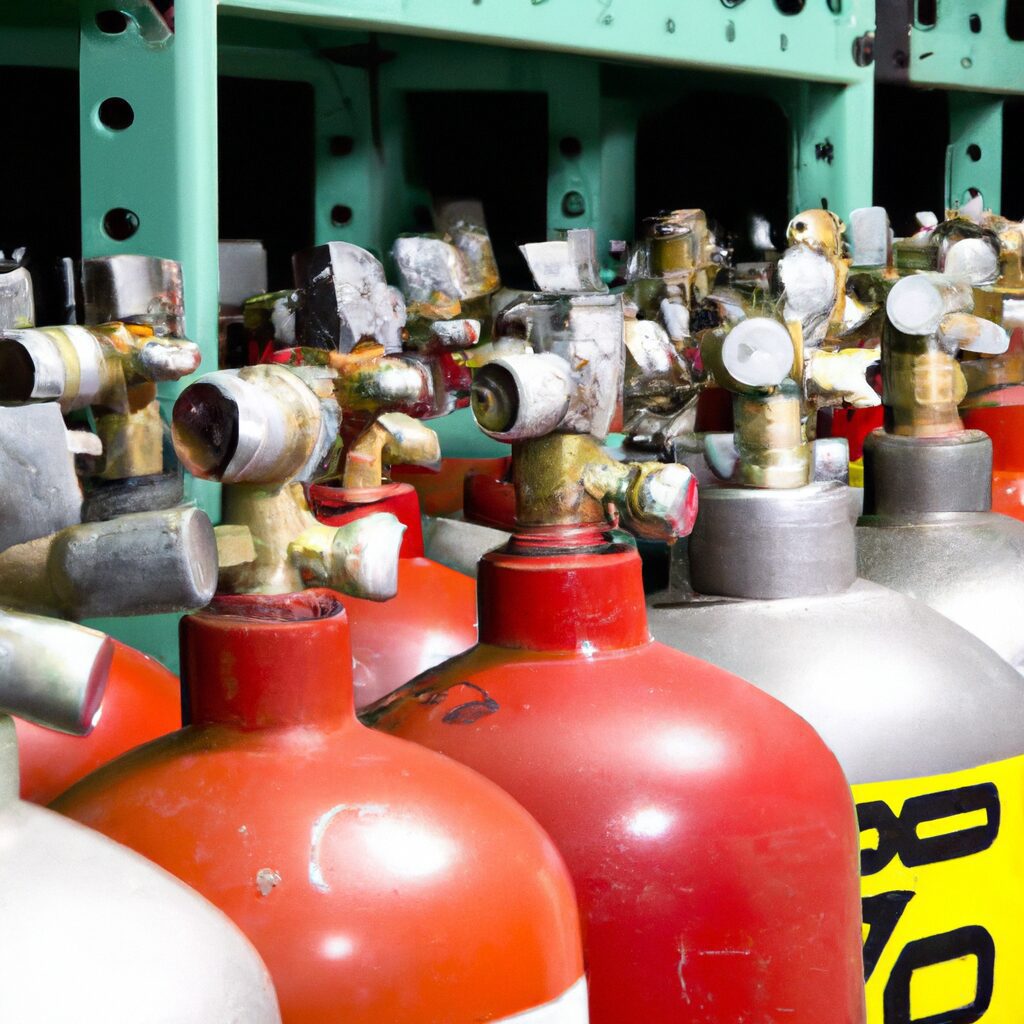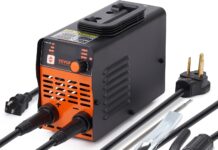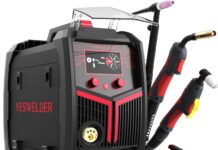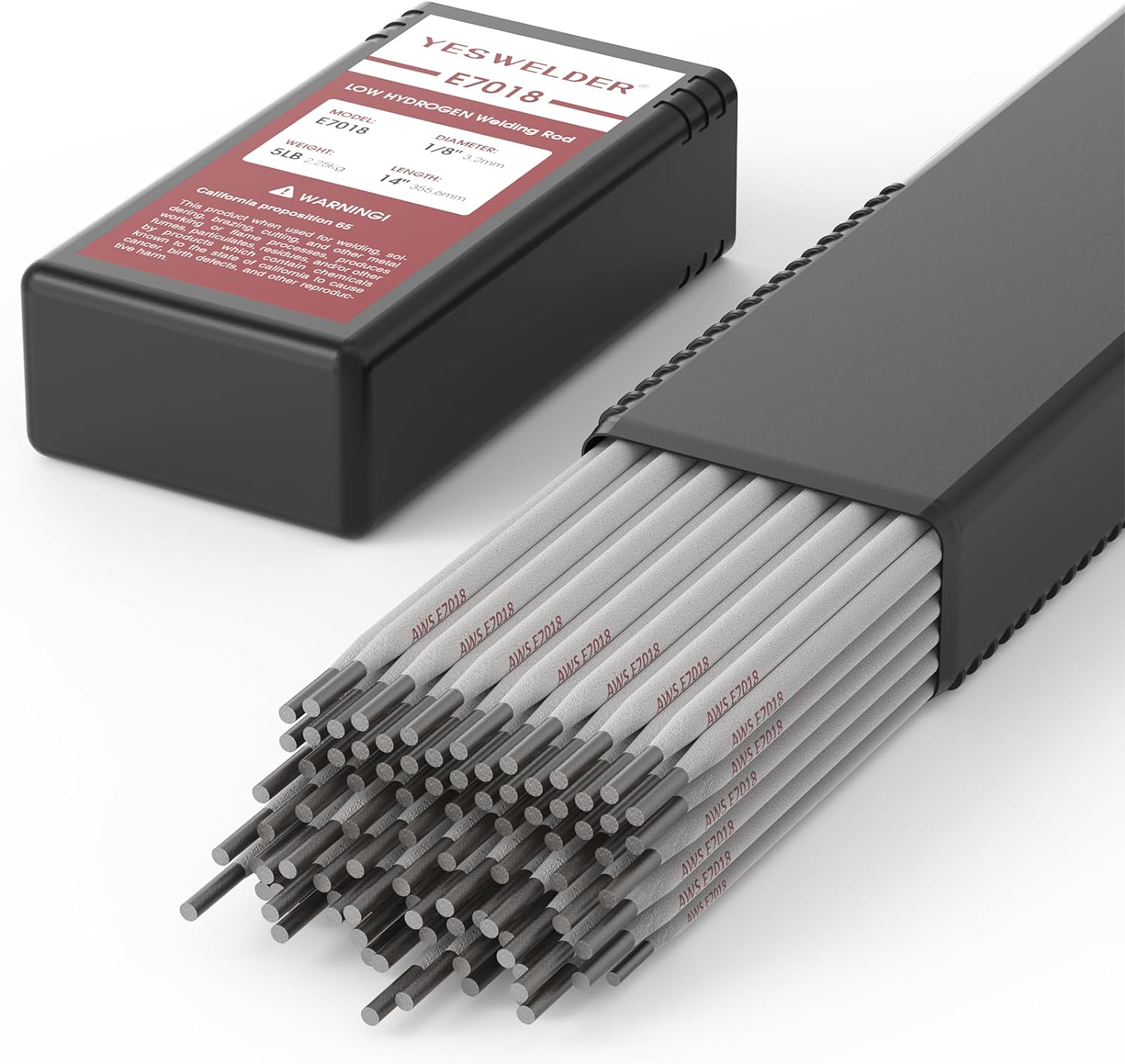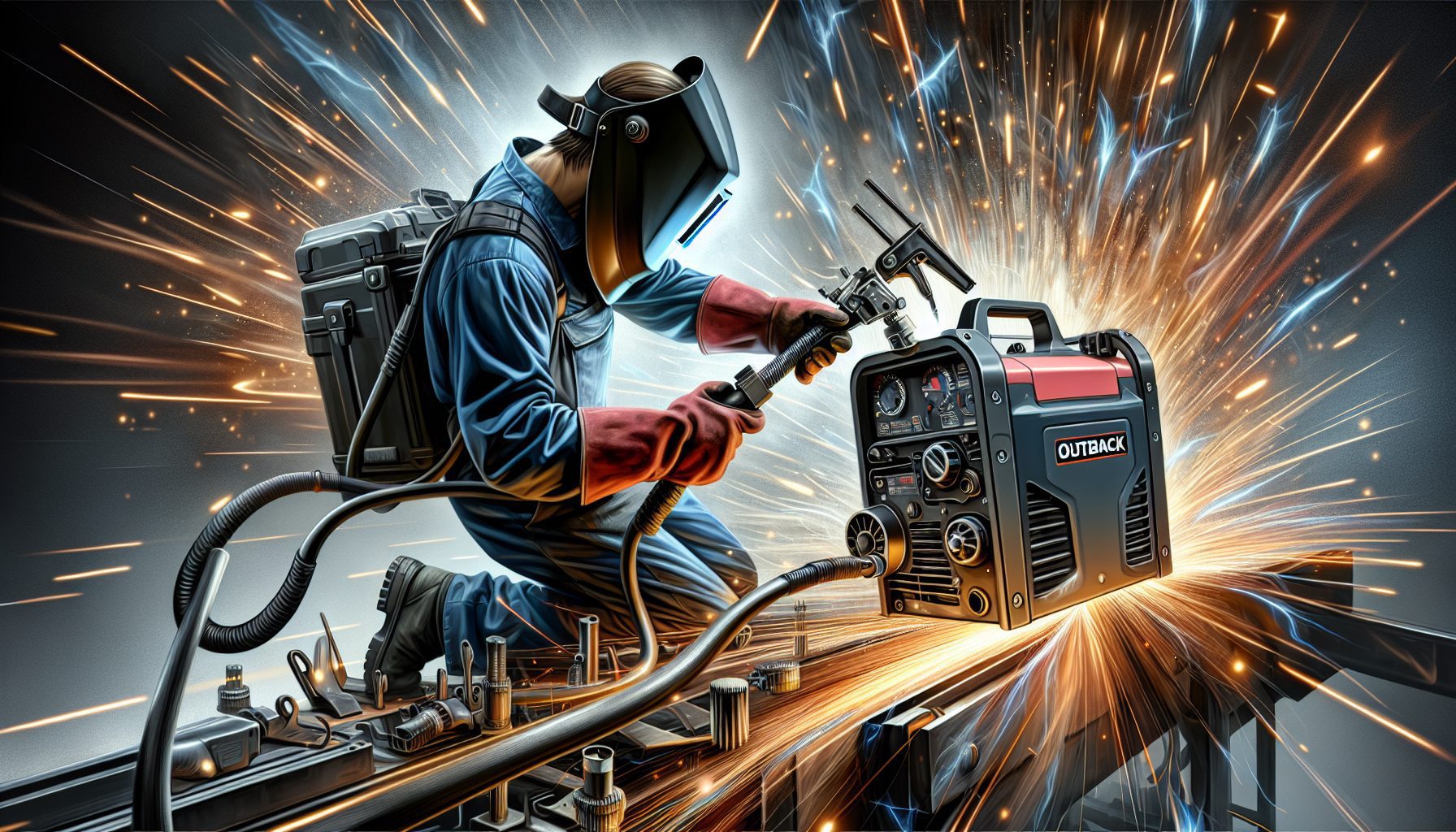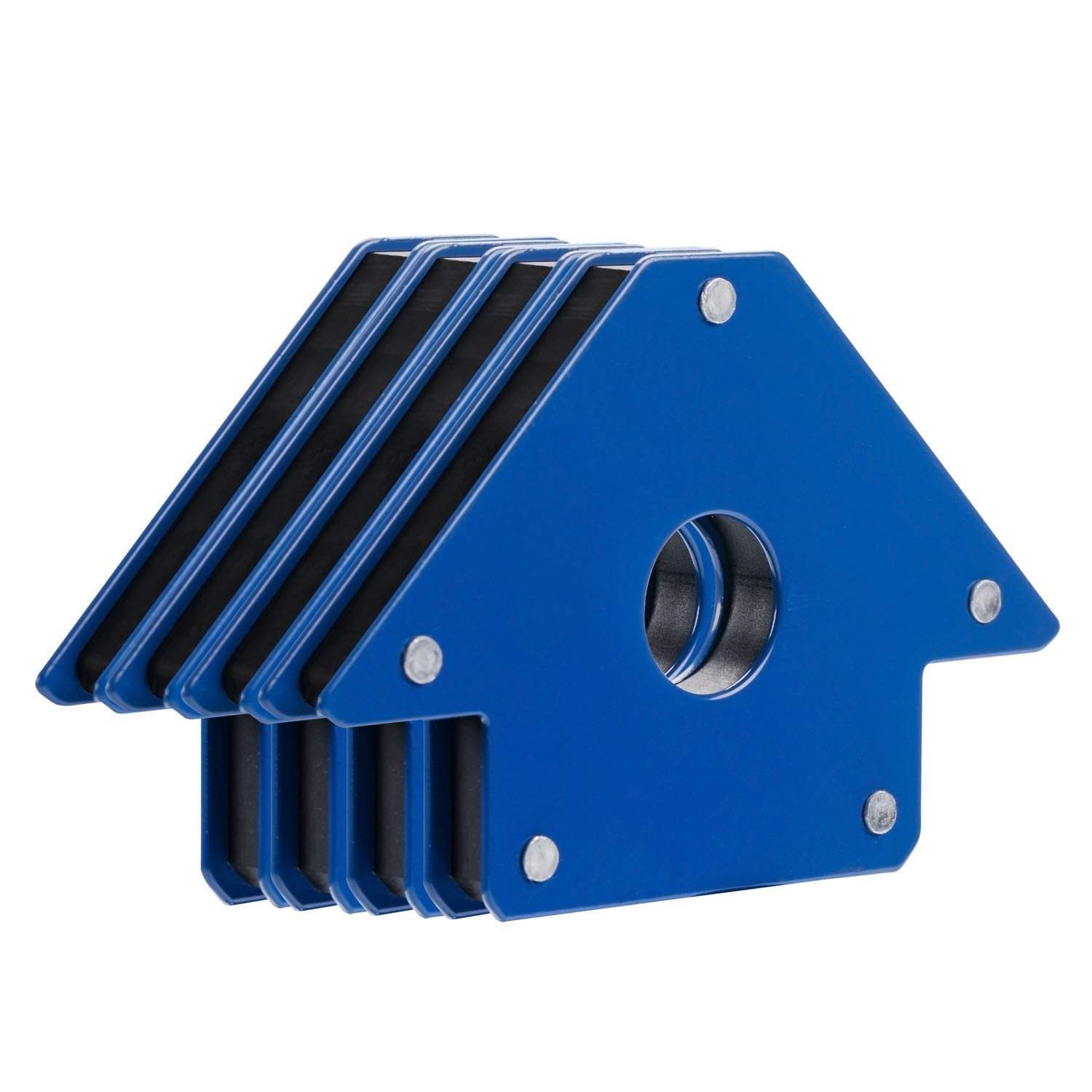Curious about the safe handling and storage of compressed gas cylinders? Look no further! In this article, we will explore the best practices for ensuring the proper storage and handling of these potentially hazardous containers. So whether you are a business owner, a professional working in a lab setting, or simply someone interested in learning about gas cylinder safety, we’ve got you covered. Let’s dive in!
Types of Compressed Gas Cylinders
Flammable Gases
Flammable gases are a type of compressed gas that can easily catch fire and have the potential to cause explosions. It is crucial to store and handle these cylinders with extreme caution. Examples of flammable gases include methane, propane, and butane.
Non-Flammable Gases
Non-flammable gases are those that do not easily ignite or burn. These gases are generally considered safer to handle and store compared to flammable gases. Examples of non-flammable gases include nitrogen, carbon dioxide, and helium.
Toxic Gases
Toxic gases are compressed gases that can cause harm or even be fatal if inhaled or exposed to the skin or eyes. Storing and handling toxic gas cylinders requires strict adherence to safety protocols to prevent any potential risks. Examples of toxic gases include chlorine, ammonia, and hydrogen sulfide.
Oxidizing Gases
Oxidizing gases are compressed gases that support combustion and can cause or intensify a fire if they come into contact with flammable materials. These cylinders should be stored separately from flammable gases to avoid any potential accidents or fires. Examples of oxidizing gases include oxygen, nitrous oxide, and chlorine trifluoride.
Corrosive Gases
Corrosive gases are compressed gases that have the potential to cause severe damage to living tissue or other materials upon contact. These cylinders require specialized storage and handling procedures to prevent any leaks or exposure. Examples of corrosive gases include hydrogen chloride, sulfur dioxide, and hydrofluoric acid.
Storage Area Requirements
Selecting a Suitable Storage Area
When choosing a storage area for compressed gas cylinders, it is essential to ensure that it is well-ventilated and away from potential ignition sources. The area should be properly labeled and designed to withstand the pressures and potential hazards associated with the cylinders.
Indoor Storage
Indoor storage of compressed gas cylinders should be done in a dedicated, well-ventilated area away from flammable materials. The cylinders should be secured properly to prevent tipping and labeled for easy identification. It is essential to follow all storage regulations and guidelines provided by regulatory bodies such as OSHA and NFPA.
Outdoor Storage
Outdoor storage of compressed gas cylinders requires a designated area that provides protection from the elements and is well-ventilated. The storage area should be secured and designed to prevent unauthorized access. It is crucial to consider the temperature and humidity control requirements for certain gases, as extreme weather conditions can affect their stability.
Ventilation
Proper ventilation is necessary in storage areas to ensure the safe handling and storage of compressed gas cylinders. Ventilation helps to reduce the risk of gas buildup, which can lead to potential hazards. Adequate airflow must be maintained to minimize any potential leaks or concentration of gases.
Temperature and Humidity Control
Certain gases are sensitive to temperature and humidity changes, and storing them outside of their recommended limits can lead to instability or degradation. It is crucial to monitor and control the temperature and humidity levels in the storage area to maintain the integrity and safety of the compressed gas cylinders.
Cylinder Inspection and Maintenance
Visual Inspection
Regular visual inspections of compressed gas cylinders are crucial to identify any signs of damage, corrosion, or leaks. Inspect the cylinders for dents, bulges, or any other abnormalities that may compromise their structural integrity. Additionally, check for appropriate labeling and ensure that the cylinders are stored upright and in their designated locations.
Valve Inspections
Valves on compressed gas cylinders should be inspected regularly for any signs of damage or leakage. Ensure that the valves are properly closed and not rusted or corroded. Leaking valves should be reported immediately and replaced promptly to prevent any potential hazards.
Pressure Testing
Periodic pressure testing is necessary to ensure the integrity and safety of compressed gas cylinders. This testing involves subjecting cylinders to specific pressures to check for leaks or weaknesses. Pressure tests should be conducted by trained professionals following the guidelines provided by regulatory bodies.
Labeling and Identification
Proper labeling and identification of compressed gas cylinders are essential for safety and ease of handling. Each cylinder should be clearly labeled with the gas contained inside, any associated hazards, and other relevant information. Ensure that the labels are visible, legible, and in compliance with regulatory requirements.
Handling and Transportation
Lifting and Moving Cylinders
When lifting and moving compressed gas cylinders, it is essential to use proper lifting techniques and equipment. Cylinders should be lifted from the bottom and not rolled or dragged. Avoid lifting cylinders by their valve protectors or caps, as this can result in damage or the cylinders becoming unbalanced.
Securing Cylinders
Cylinders should be properly secured during transportation to prevent them from falling or tipping over. Use appropriate restraints, such as straps or chains, to secure the cylinders in an upright position. This helps to minimize the risk of injury and damage to the cylinders.
Proper Cylinder Positioning
When storing or transporting compressed gas cylinders, they should always be positioned in an upright orientation. This ensures that the pressure relief valves are in the correct position and allows for efficient and safe handling. Avoid laying cylinders on their sides or stacking them horizontally.
Using Cylinder Carts and Dollies
Cylinder carts and dollies are essential equipment for safely moving and transporting compressed gas cylinders. These devices provide stability and ease of maneuverability. Ensure that the carts and dollies are in good condition, have appropriate restraints, and are designed to handle the type and size of cylinders being transported.
Gas Cylinder Storage Regulations
OSHA Regulations
The Occupational Safety and Health Administration (OSHA) establishes and enforces regulations related to the storage and handling of compressed gas cylinders in the workplace. These regulations cover various aspects, including the proper storage, labeling, and maintenance of cylinders to ensure employee safety.
NFPA Guidelines
The National Fire Protection Association (NFPA) provides guidelines and standards for the storage and handling of compressed gas cylinders. These guidelines cover areas such as storage requirements, emergency response procedures, and employee training. Following NFPA guidelines helps ensure compliance and enhances overall safety.
Local Fire Codes
Local fire codes may impose additional regulations or requirements for the storage and handling of compressed gas cylinders. It is essential to consult local authorities and understand any specific code requirements that apply. Compliance with local fire codes helps maintain a safe working environment and prevents potential violations.
Segregation of Incompatible Gases
Separating Gases by Compatibility
Segregating incompatible gases is crucial to minimize the risk of accidents or chemical reactions. Store or transport gases with similar properties together to avoid any potential reactions that could lead to fires, explosions, or toxic fumes.
Flammables and Oxidizers
Flammable gases and oxidizing gases should always be stored and handled separately. The combination of these gases can result in a highly reactive and dangerous environment. Store flammable and oxidizing gases in designated areas with appropriate physical barriers to prevent accidental mixing.
Flammables and Compressed Air
Flammable gases should be separated from compressed air to prevent potential combustion. Compressed air can act as an oxidizer and may ignite flammable gases. Keep flammables away from areas where compressed air is in use to maintain a safe working environment.
Toxic and Flammable Gases
Toxic and flammable gases should be segregated to avoid any potential risk to employees or the environment. The combination of toxic and flammable gases can result in hazardous situations, including the release of toxic fumes or fire hazards. Store these gases separately in designated areas with appropriate safety measures.
Emergency Response and Safety Precautions
Emergency Shutdown Procedures
Establish clear and well-communicated emergency shutdown procedures in the event of a gas cylinder-related incident. All employees should be trained on these procedures, which may include shutting off valves, evacuating the area, and contacting emergency services. Prompt and effective response is crucial to mitigate potential hazards.
Fire Prevention and Extinguishing
Implementing proper fire prevention measures is essential when dealing with compressed gas cylinders. This includes the installation of fire suppression systems, providing extinguishers suitable for different fire classes, and conducting regular fire drills to ensure employees are familiar with emergency response procedures.
First Aid for Gas Exposure
In the event of gas exposure, it is crucial to provide immediate first aid to affected individuals. This may involve removing the person from the contaminated area, providing fresh air, performing CPR if necessary, or seeking medical attention. Proper training in first aid procedures is essential for all employees working with compressed gas cylinders.
Employee Training
Proper training of employees is paramount for the safe storage and handling of compressed gas cylinders. All employees should receive comprehensive training on the hazards associated with different types of cylinders, proper handling techniques, emergency response procedures, and the proper use of personal protective equipment. Regular refresher training sessions should be conducted to ensure continued compliance and employee safety.
Compressed Gas Cylinder Handling Equipment
Cylinder Restraints
Cylinder restraints are essential safety devices that prevent cylinders from tipping or falling during storage or transport. These restraints can include chains, straps, or specialized brackets designed to secure the cylinders in an upright position. Proper use of cylinder restraints significantly reduces the risk of accidents and injuries.
Cylinder Cabinets
Cylinder cabinets are specifically designed storage solutions that provide a safe and organized environment for storing compressed gas cylinders. These cabinets are equipped with features such as proper ventilation, protected access, and secure containment to ensure the safety of both employees and the surrounding environment.
Gas Cylinder Carts
Gas cylinder carts are wheeled devices designed to transport compressed gas cylinders safely and easily. These carts are equipped with restraints to secure the cylinders and often have additional features such as handles, brakes, or adjustable height options. Using gas cylinder carts reduces the strain on employees during transportation and minimizes the risk of injuries.
Cylinder Dollies
Cylinder dollies are similar to cylinder carts but are smaller and typically used for moving cylinders within a confined space. These dollies provide stability and maneuverability when transporting cylinders, making it easier to position them in the desired locations. Proper use of cylinder dollies prevents unnecessary strain and reduces the risk of accidents.
Personal Protective Equipment
Eye Protection
When working with compressed gas cylinders, appropriate eye protection is essential to prevent potential eye injuries. Safety glasses or goggles with side shields should be worn to protect against flying debris, chemical splashes, or any other potential hazards.
Gloves
Wearing appropriate gloves is crucial when handling compressed gas cylinders to protect the hands from potential injury or exposure to hazardous substances. Gloves made of materials resistant to the specific gases being handled should be worn. It is important to ensure that gloves fit properly and do not compromise dexterity or grip.
Respiratory Protection
Respiratory protection may be necessary when working with toxic or hazardous gases. Depending on the nature of the gases and the level of exposure, employees may need to wear respirators with appropriate filters or cartridges. Fit testing and proper training on the correct use of respirators are crucial to ensure maximum effectiveness and employee safety.
Protective Clothing
In certain situations, wearing protective clothing may be necessary to prevent skin contact with hazardous or corrosive gases. This can include coveralls, aprons, or specialized protective suits. The choice of protective clothing should be based on the specific hazards associated with the gases being handled.
Disposal of Empty Cylinders
Purging and Venting
Before disposing of empty compressed gas cylinders, they should undergo proper purging and venting procedures. This involves releasing any residual gas from the cylinders in a well-ventilated area to ensure the removal of any potential hazards.
Tagging and Labeling
Empty cylinders should be clearly tagged or labeled to indicate that they are empty and ready for disposal. This helps ensure that they are not mistakenly used or filled with gases again. Proper labeling also helps disposal facilities identify and handle cylinders appropriately.
Recycling or Returning Cylinders
Whenever possible, empty compressed gas cylinders should be recycled or returned to the gas supplier. Recycling helps reduce environmental impact, conserves resources, and ensures proper disposal. Some gas suppliers have specific programs or procedures for returning the cylinders, so it is important to contact them for guidance.
Disposal Procedures
If recycling or returning the cylinders is not an option, it is essential to follow local regulations and guidelines for the disposal of empty compressed gas cylinders. Contact local authorities or waste management authorities for information on proper disposal procedures and facilities.
In conclusion, safely storing and handling compressed gas cylinders is of utmost importance to prevent accidents, injuries, and potential hazards. By understanding the different types of compressed gases, following storage area requirements, conducting regular inspections and maintenance, practicing proper handling and transportation techniques, complying with regulations, segregating incompatible gases, being prepared for emergencies, using appropriate handling equipment and personal protective equipment, and properly disposing of empty cylinders, we create a safe environment for employees and minimize the risk of incidents. Regular training and employee awareness are essential in ensuring compliance and maintaining a safe workplace for everyone involved.


